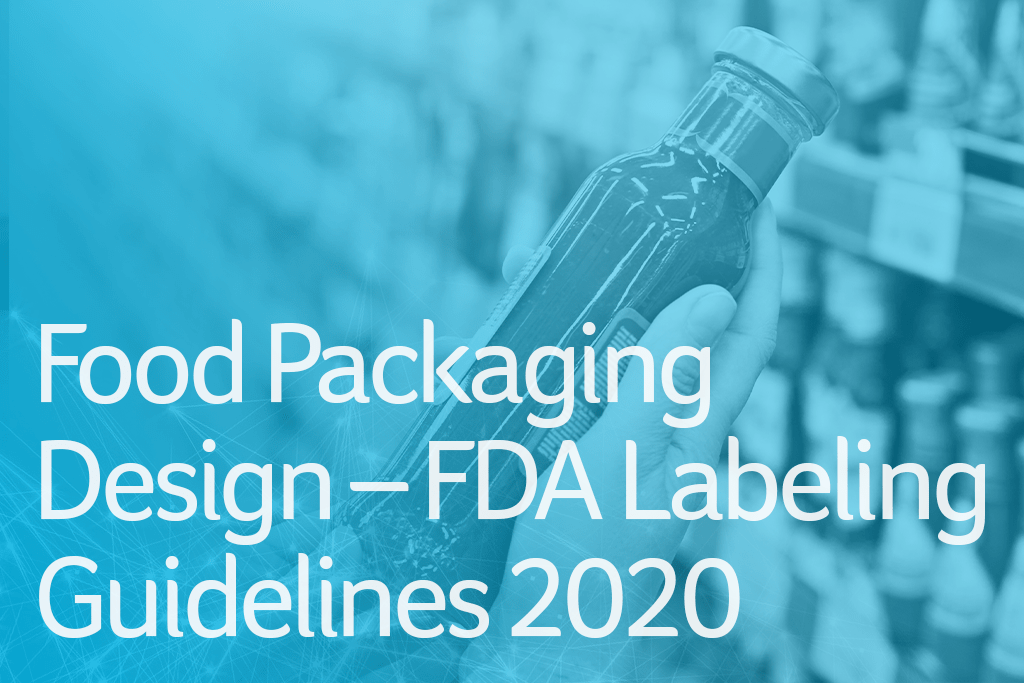The iconic nutrition label you’ll find on the packaging of all food items at your grocery store is receiving a makeover this year and next, per FDA guidelines.
While the updates won’t change too much about the look and feel of the nutrition label we all sometimes love, it will more accurately serve consumers with the information they actually need to know about what they are eating.
In this post, we’ll walk you through the changes and why they were made in the first place.
Why the Changes?
Simply put, the previous nutrition label was outdated. Nutrition science and American eating habits – the two factors used to determine requirements for the label – have changed since the initial requirements were enforced in 1993.
So, the FDA tapped into the most current body of research surrounding nutrition science and studied how much Americans eat in their servings in order to make some helpful changes to the label.
Changes to Food Packaging Guidelines:
Serving Sizes – Look and Content
The first item on any nutrition label is the serving size – this should tell the consumer what nutrition they are getting from a single serving of the food in their hand. The updated requirements from the FDA require a larger, bolder font for this section of the label so that consumers can more readily find this.
Serving size quantities also received a revamp since Americans tend to eat larger servings now than they did in 1993. The example given by the FDA is ice cream – the original single serving size for ice cream was ½ cup. Now, that amount has been increased to ⅔ cup to reflect a more accurate picture of how much ice cream a person typically consumes.
Calories
A similar design change was required for the calories section of the label – manufacturers are now required to make this section much larger and bolder for consumers to readily access.
Total Fat Breakdown
From a nutritional standpoint, the types of fat we consume are far more important than how much fat you eat. So, one of the changes required is to remove the “calories from fat” from the Total Fat, Saturated Fat, and Trans Fat rows on the label.
Added Sugars
Updated research in nutritional science tells us that not all sugar is created equal. So, manufacturers are now required to tell consumers how much of their total sugar count is “added sugar,” and they must include gram amount and percentage of daily value.
Daily Percentage Values
Daily percentage values were updated according to research from the Institute of Medicine. Those percentages will now be required on all labels for Vitamin D and potassium. Calcium and iron will still be required on the label. Vitamin A and Vitamin C are now voluntary for manufacturers to include.
The science behind daily percentages was also updated for sodium and dietary fibers based on what we now know the body needs daily.
Footnote
The tiny footnote below the chart has been updated to more clearly define what “Daily Percentage Value” means.
Dual Column Labels
For products that can be consumed in single servings OR potentially in one large sitting, like a bag of chips or a pint of ice cream, manufacturers must now include duel labels – one with values for a single serving (what is recommended) and one with values for the entire package, since it is possible that some consumers will eat far more than they should at a time.
Most likely, you’ve purchased products with the new label already on it! Companies that make more than $10 million annually were required to have the new label in production by January 1, 2020. Companies smaller than that are required to have made the change by January 1, 2021.
Navigating food label requirements can be difficult if you’re packaging a food product for the first time. Remove the guesswork and contact us to get a quote from our experienced packaging designers today.


